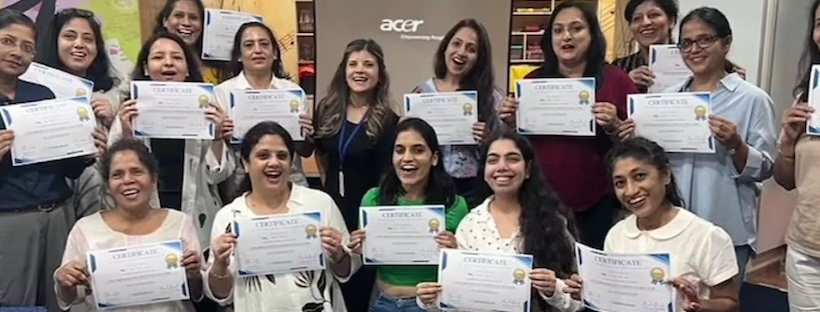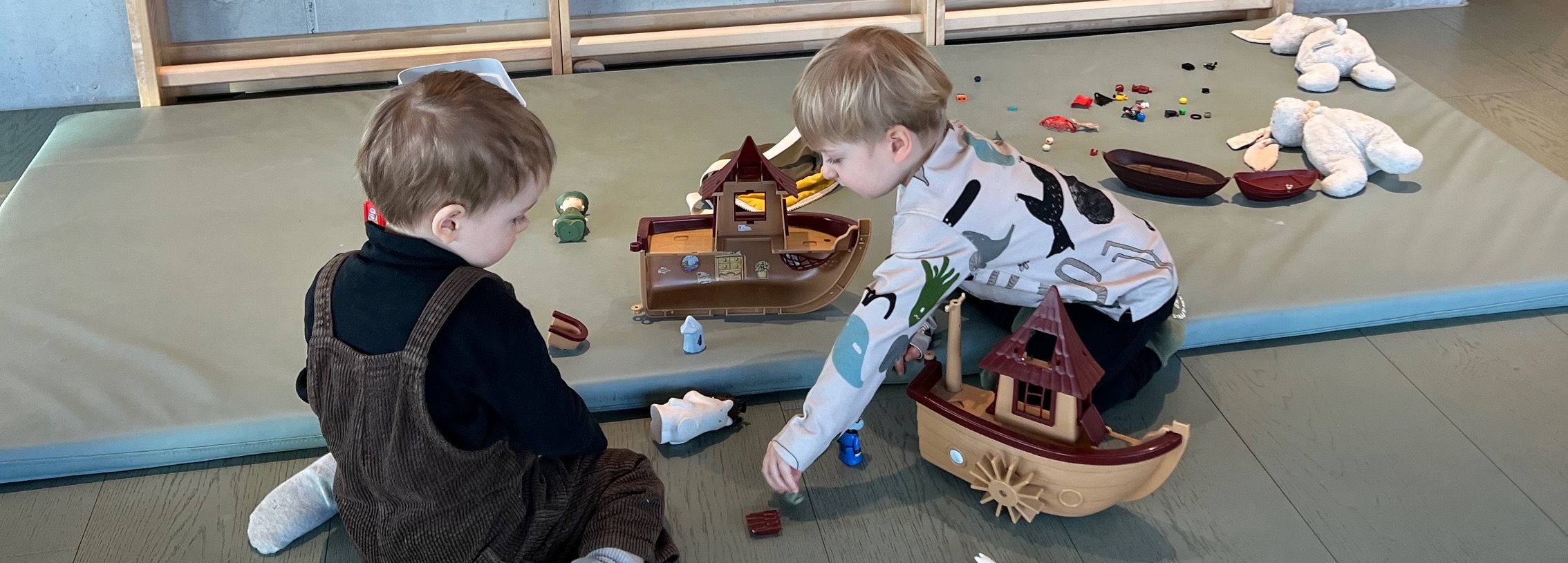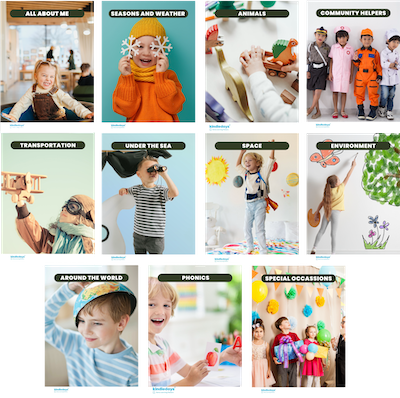Running a preschool today is more competitive than ever. Parents are more informed, expectations are rising, and the pressure to offer high-quality education is real. But with the proper guidance, you can build a preschool that not only delivers joyful learning experiences but also earns the trust of parents and grows steadily year after year.
That’s where Kindiedays comes in.
Based on global best practices from Finland and adapted to local preschool realities, the Kindiedays 3-Step Preschool Success Strategy gives you everything you need to build, operate, and grow a thriving early learning center.
%20(1).jpg)
Here’s how it works:
Step 1: Set Up for Quality
“Train your teachers. Structure your day. See results in 60 days.”
Many preschools start strong with passion but struggle to establish structure and consistency. This first step gives you precisely that.
With the Starter Quality Kit, you get:
- Kindiedays Academy: 10 interactive online workshops to train your teachers in Finnish-inspired, child-centered pedagogy
- 10 ready-to-use lesson plans for 3 levels
- A Diploma in Finnish Early Childhood Pedagogy to build trust with parents
In just 60 days, your preschool is operating with better-trained teachers, more engaging classroom activities, and a professional structure that sets you apart.
One-time investment € 150 / ₹ 14,500 per teacher (volume discounts apply)
Perfect for new or upgrading preschools.

SPECIAL FREE OFFER
Get a Sneak Peek at what Kindiedays Academy is all about.
👉 Join our favorite workshop, "The Strength of Finnish Early Education," on July 3rd. Check the video and sign up HERE!
Step 2: Operate with Excellence
“Improve children’s learning and impress parents every day.”
Once your school is up and running, Step 2 helps you deliver consistent daily quality, while saving time for your teachers and building stronger partnerships with parents.
The Smart School Plan includes:
- A complete 36-week academic calendar to guide your year
- Ongoing access to Kindiedays Experiential Lesson Plans, aligned with both Finnish and Indian (NCF) learning goals
- Suggestions for textbooks and materials
- Access to the Kindiedays Digital Tool – enabling teachers to document and assess learning and send real-time updates to parents
With this system, your school runs smoothly, teachers stay on track, and parents stay connected and impressed.
Annual subscription € 26 / ₹ 2,500 / child / year (volume discounts apply)
Ideal for schools ready to streamline and professionalize their operations.

Step 3: Grow and Sustain
“Attract families. Keep quality high. Grow your business.”
Education quality is only half the game. To succeed in the long term, you also need to attract new families, maintain trust, and establish your brand.
That’s what the Growth Partner Plan delivers:
Marketing Support
- Certificate of partnership
- A promotional video from Kindiedays CEO for your school
- A complete marketing kit with posters, brochures, roll-up, and social media visuals
- Online family orientation sessions to explain your quality program
Operational Support
- Ongoing online support for your team
- Bi-annual parent orientation online
- Bi-annual quality reviews
- Teacher training through Membership in Kindiedays Academy
- Regular software updates and new features
This plan helps you grow admissions, retain happy families, and protect your reputation as your school expands.
Annual subscription from € 490 / ₹ 48,000 per year
Recommended for growing schools and multi-branch operations.

Why It Works
The Kindiedays 3-Step Strategy is based on over a decade of experience supporting private preschools globally. It’s:
✅ Practical and easy to implement
✅ Affordable for Indian market realities
✅ Focused on both educational quality and business growth
We don’t just give you tools. We become your partner.
Ready to Transform Your Preschool?
Our education expert is available to talk on WhatsApp and guide you step-by-step.
👉 Click here to contact us on WhatsApp
📥 Or click to fill out a short form, and we’ll get back to you within 24 hours.
Team Kindiedays
PS Join our official WhatsApp group 👉 click here to join the group!
.png)
.png)
%20(1).jpg)






